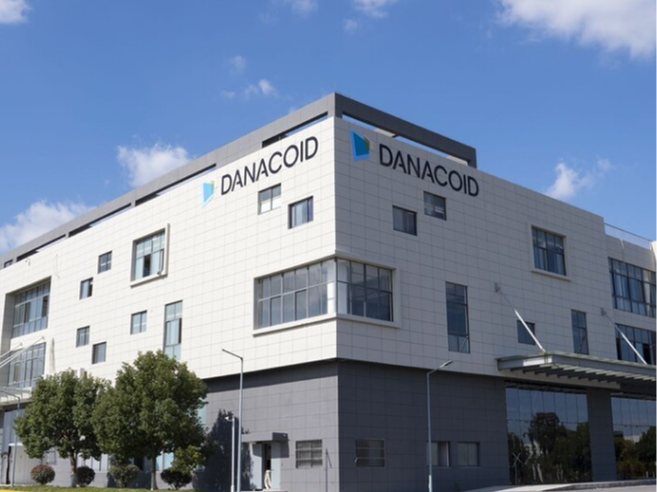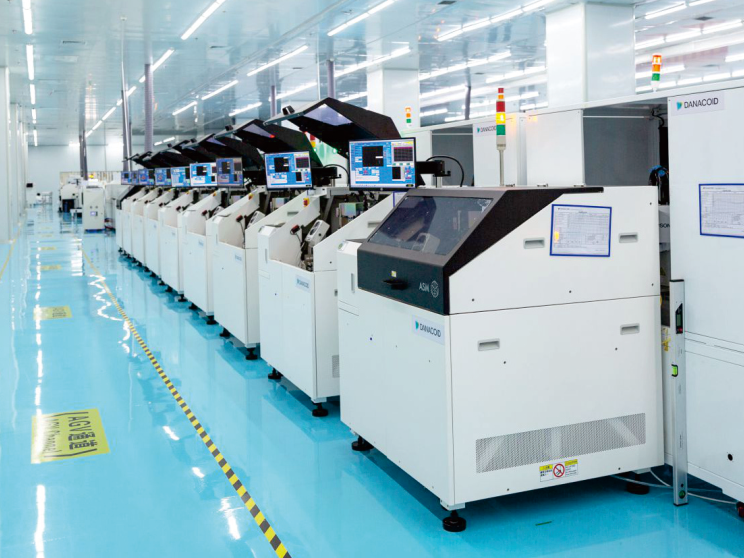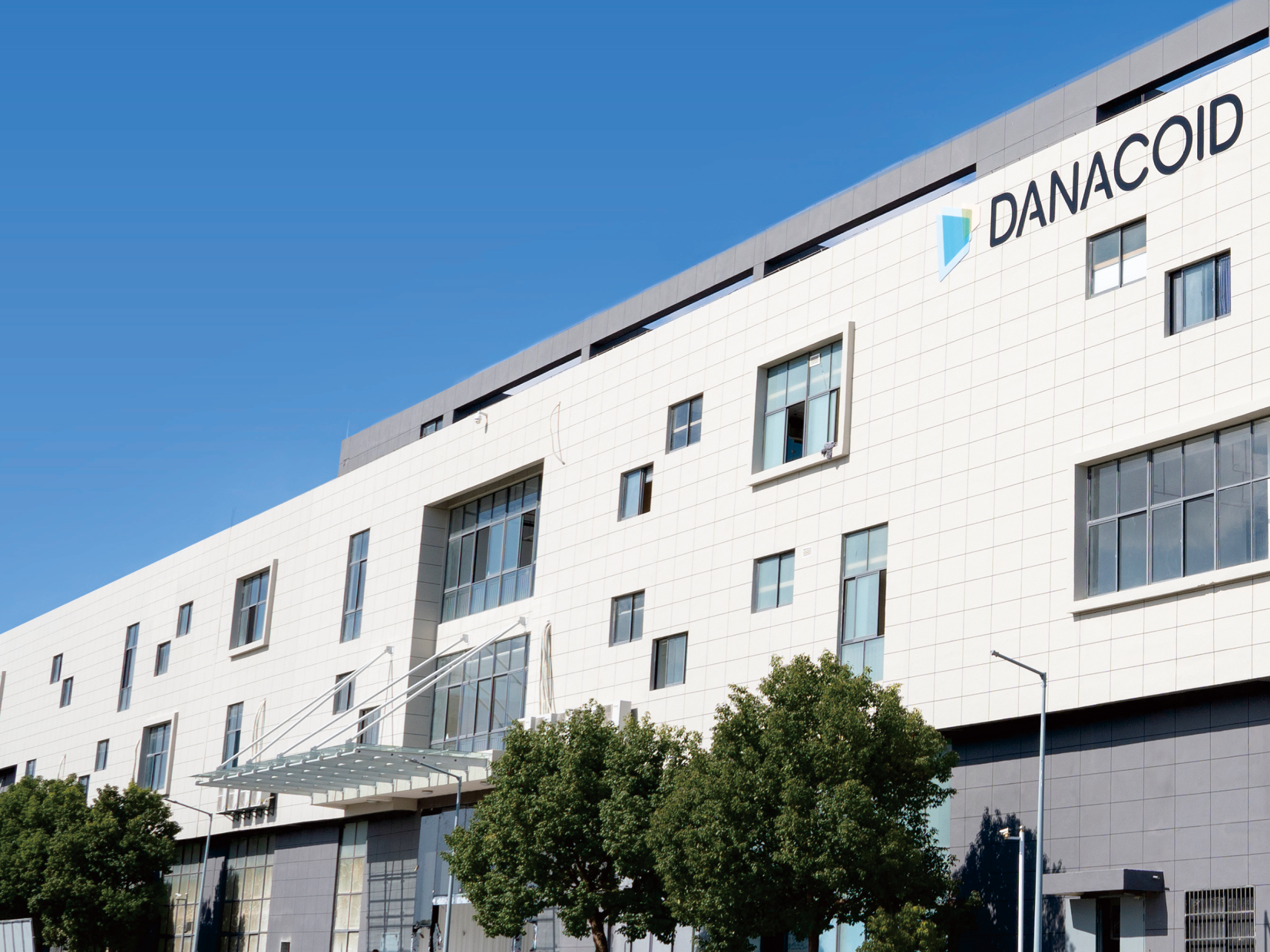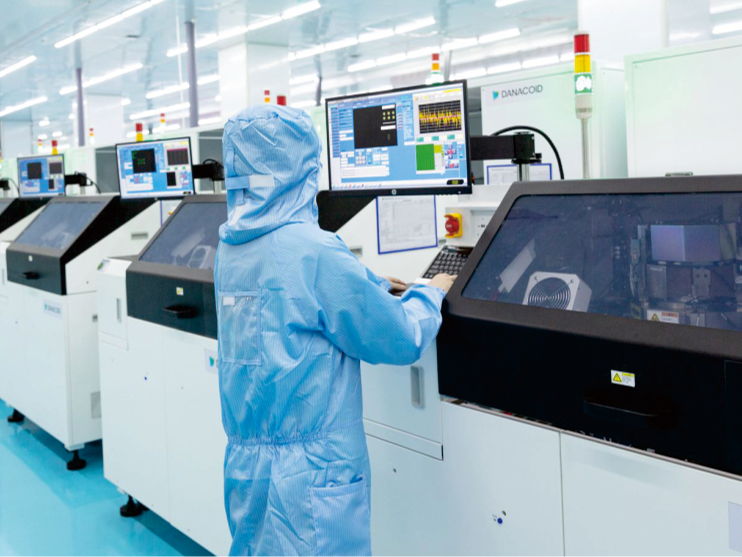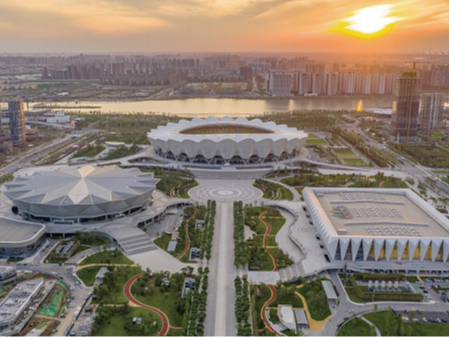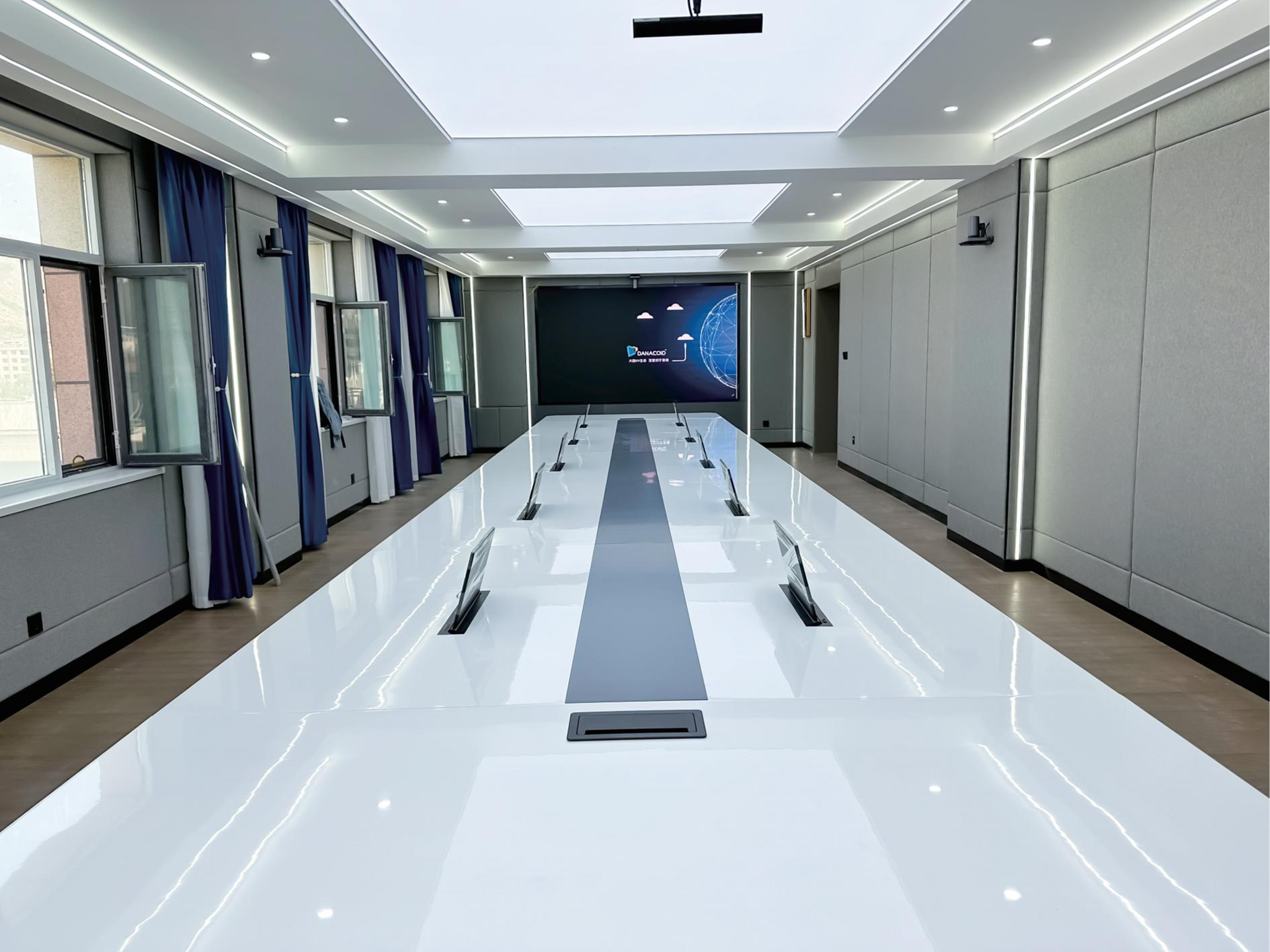Understanding Professional Audio Systems for Venues
Selecting the perfect loudspeaker system for your venue is a critical decision that impacts everything from audience experience to business success. Whether you're outfitting a concert hall, worship space, conference center, or nightclub, the right audio solution can transform your venue's acoustic landscape. With numerous options available in today's market, making an informed choice requires careful consideration of multiple factors that extend beyond just sound quality.
A well-designed loudspeaker system serves as the cornerstone of your venue's audio infrastructure. It not only delivers clear, powerful sound but also ensures even coverage throughout the space, optimal frequency response, and reliable performance during critical moments. This comprehensive guide will walk you through essential considerations, technical specifications, and practical insights to help you make an educated decision for your venue's specific needs.
Essential Factors in Loudspeaker Selection
Venue Size and Acoustic Properties
The physical dimensions and acoustic characteristics of your space play a fundamental role in determining the appropriate loudspeaker system. Large venues typically require more powerful systems with multiple speaker arrays, while smaller spaces might benefit from compact yet efficient solutions. Consider ceiling height, room shape, and surface materials, as these elements significantly impact sound propagation and reflection patterns.
Professional acoustic analysis of your venue can reveal critical information about reverberation times, frequency response, and potential trouble spots. This data proves invaluable when selecting speakers that will perform optimally in your specific environment. Remember that different materials - from hardwood floors to fabric curtains - affect sound differently, and your loudspeaker system must work in harmony with these elements.
Power Requirements and Coverage Patterns
Understanding your venue's power requirements ensures your loudspeaker system can deliver adequate sound pressure levels (SPL) without straining. Calculate the maximum SPL needed based on your venue's capacity and typical events. A rock concert venue requires significantly more headroom than a corporate presentation space.
Coverage patterns deserve equal attention, as they determine how evenly sound reaches every corner of your venue. Modern loudspeaker systems offer various dispersion patterns, and selecting the right configuration ensures consistent audio quality throughout the listening area. Consider factors like vertical and horizontal coverage angles, and how multiple speakers will work together in larger spaces.
Technical Specifications and Performance Metrics
Frequency Response and Bandwidth
A loudspeaker system's frequency response indicates its ability to reproduce different sound frequencies accurately. For most venues, a full-range system covering 20Hz to 20kHz provides optimal performance. However, specific applications might require emphasis on particular frequency ranges - for instance, music venues often need enhanced low-frequency capabilities.
Evaluate the system's bandwidth in relation to your programming needs. Speech-focused venues might not require extensive low-frequency response, while music venues benefit from systems with robust bass reproduction. Consider whether separate subwoofers are necessary to achieve your desired frequency coverage.
Sensitivity and Maximum Output
Speaker sensitivity measures how efficiently a loudspeaker converts power into sound output. Higher sensitivity ratings mean more output from less input power, potentially reducing amplifier requirements and operating costs. Look for sensitivity ratings that align with your venue's needs while considering the total system efficiency.
Maximum output capabilities determine how loud your system can perform without distortion. Factor in headroom requirements to ensure your loudspeaker system can handle peak demands during busy events or high-energy performances. Remember that consistent operation near maximum output can reduce system longevity.

Integration and Installation Considerations
Mounting Options and Physical Constraints
Your venue's structural characteristics influence mounting possibilities for your loudspeaker system. Consider weight limitations, available mounting points, and accessibility for maintenance. Some venues may require custom mounting solutions or architectural modifications to accommodate optimal speaker placement.
Physical constraints also affect cable routing, power distribution, and control system placement. Plan for clean, professional installation that meets safety requirements while maintaining aesthetic standards. Remember that proper installation is crucial for both performance and safety.
System Control and Processing
Modern loudspeaker systems often incorporate sophisticated processing capabilities. Digital signal processing (DSP) allows for precise tuning, protection, and optimization of your system. Consider whether built-in processing is sufficient or if external processors would better serve your needs.
Control interfaces should match your technical team's capabilities while providing necessary functionality. User-friendly controls ensure consistent operation across different operators, while advanced features allow for detailed system optimization when needed.
Long-term Considerations and Investment
Maintenance Requirements
Regular maintenance ensures optimal performance and longevity of your loudspeaker system. Consider accessibility for routine inspections, component replacement, and cleaning. Systems with modular designs often facilitate easier maintenance and repairs.
Document maintenance procedures and establish a regular schedule for system checks. Include budget provisions for ongoing maintenance, potential repairs, and eventual component updates. Professional maintenance services may be worth considering for complex installations.
Future Expansion and Upgrades
Choose a loudspeaker system that accommodates potential venue changes or expanded requirements. Modular systems offer flexibility for future modifications without complete replacement. Consider whether manufacturers offer upgrade paths or system expansion options.
Technology evolution may necessitate future updates to maintain competitive audio quality. Select systems from manufacturers with proven track records of product support and development. Factor in potential upgrade costs when calculating long-term investment values.
Frequently Asked Questions
What's the optimal budget range for a professional venue loudspeaker system?
Professional loudspeaker systems typically range from $10,000 to $100,000+ depending on venue size and requirements. A mid-sized venue should expect to invest $25,000-$50,000 for a quality system including installation. Remember to factor in ongoing maintenance costs and potential future upgrades.
How long should a professional loudspeaker system last?
With proper maintenance and operation, a professional loudspeaker system can last 8-12 years. However, technological advancements might prompt upgrades sooner. Regular maintenance and careful operation can extend system lifespan significantly.
Should I prioritize active or passive loudspeaker systems?
The choice between active and passive systems depends on your venue's specific needs. Active systems offer simplified setup and integrated amplification but may cost more initially. Passive systems provide more flexibility in amplifier selection and easier maintenance but require separate amplification solutions.




